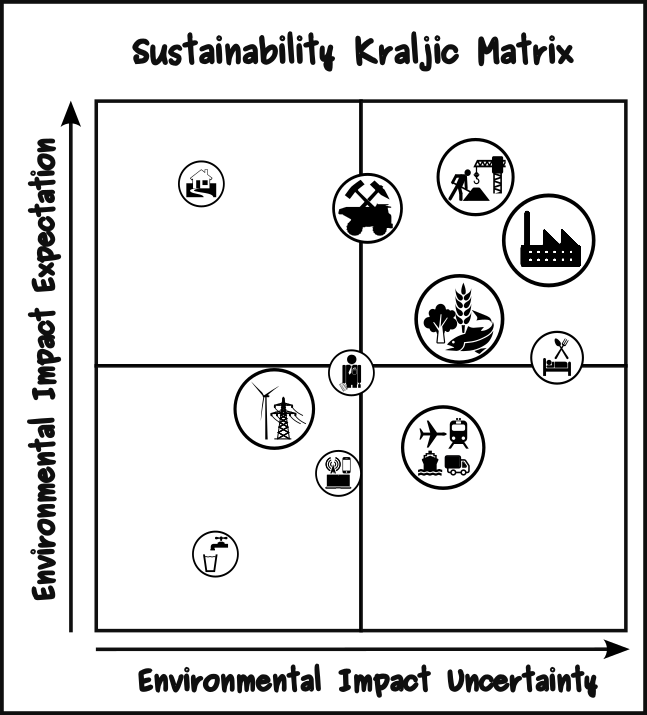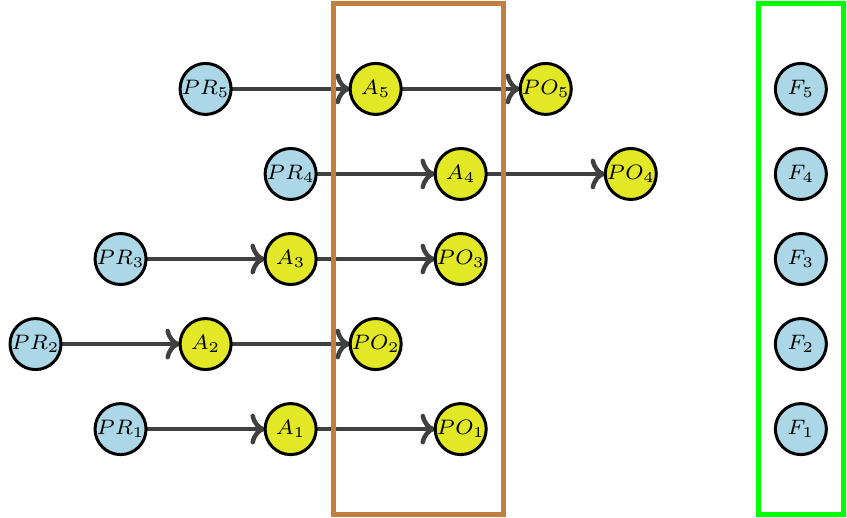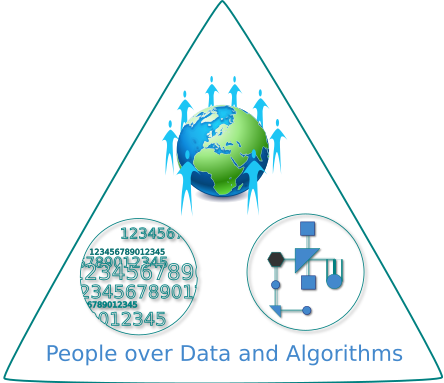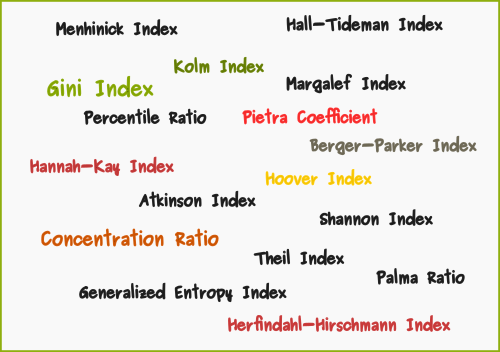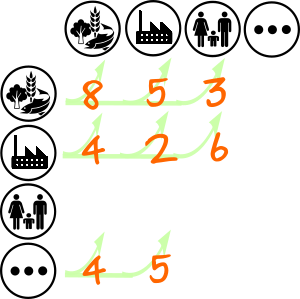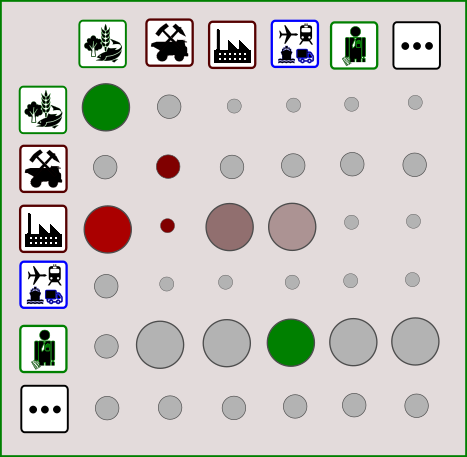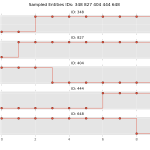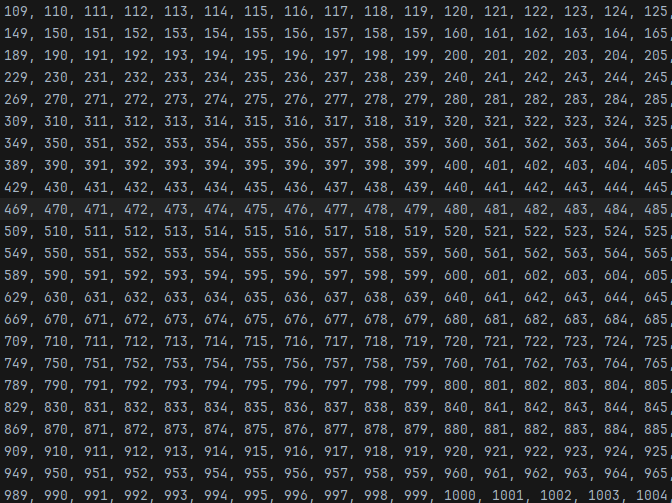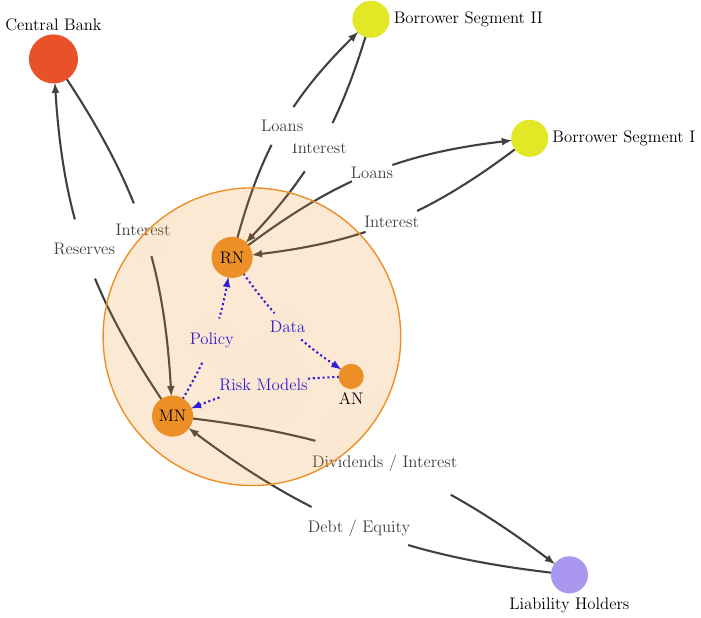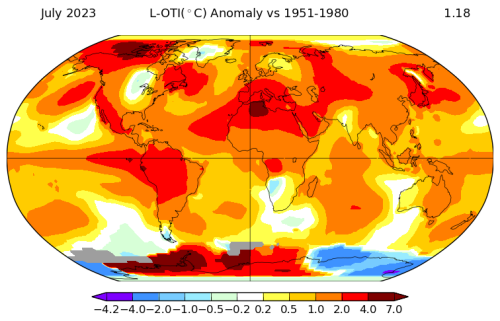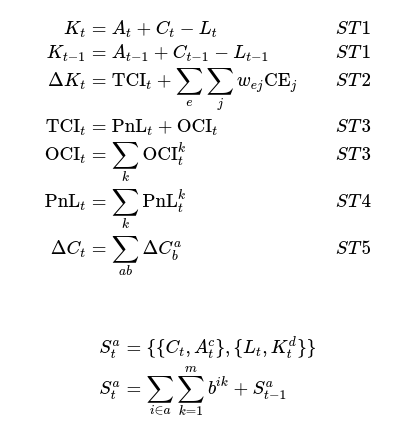
Mathematical Formulation of Financial Statements
Our objective in this post is to express standard financial statements concisely using symbolic mathematical notation that substantially captures their numerical information content and the constraints being satisfied. We use the incidence matrix of an accounting graph to describe an abstract underlying accounting system that follows double-entry bookkeeping principles and we derive from it the classification, aggregation and stock-flow machinery that reproduces the well-known balance sheet, income and cash flow statements
The standard description of financial reporting almost entirely avoids mathematical formulation (variables, equations and using abstraction as a means to step back from less relevant details). While historically there have been efforts to describe the underlying accounting systems in more rigorous language (see 1, 2), the same does not apply to the higher level of published financial statements. The primary exception is, of-course, the famous balance sheet equation, which, while fundamental, does not remotely cover the richness of of the financial reporting machinery. Our objective in this post is to express the typical financial statements more concisely: using symbolic mathematical notation that substantially captures their numerical information content and the constraints being satisfied.




